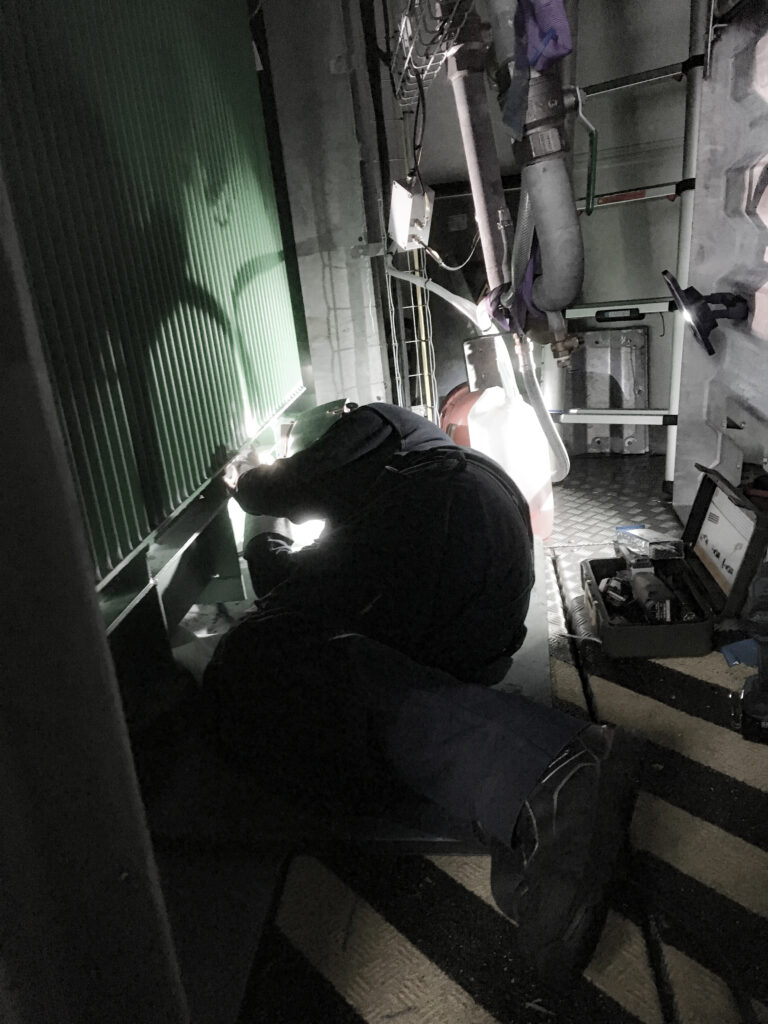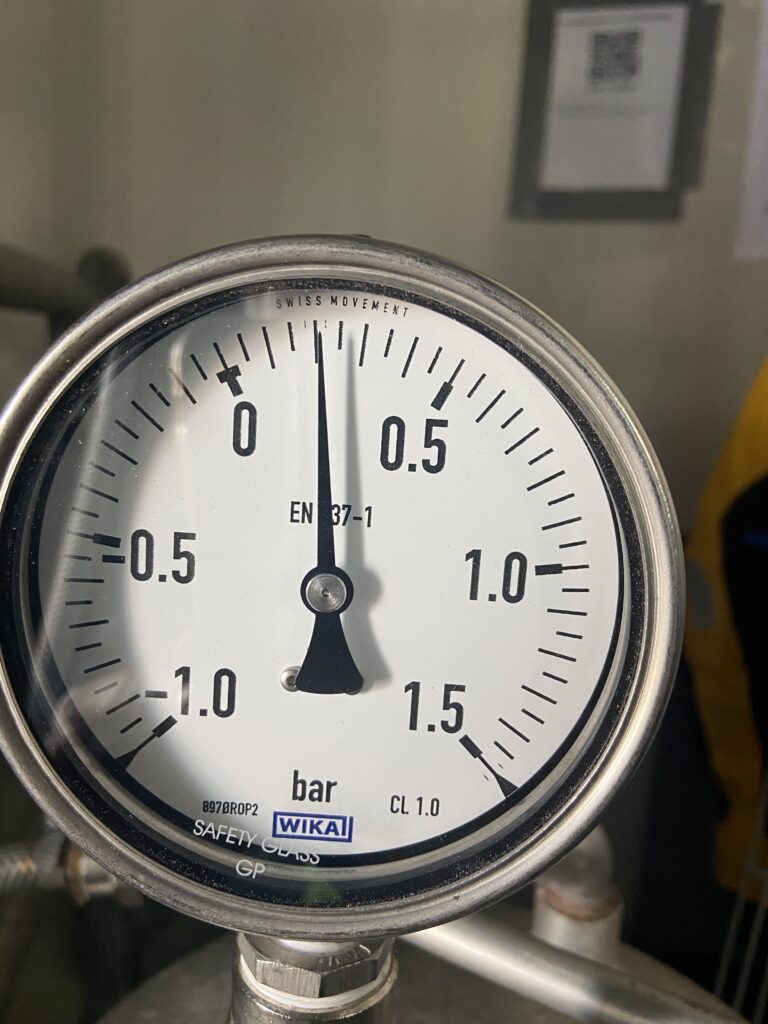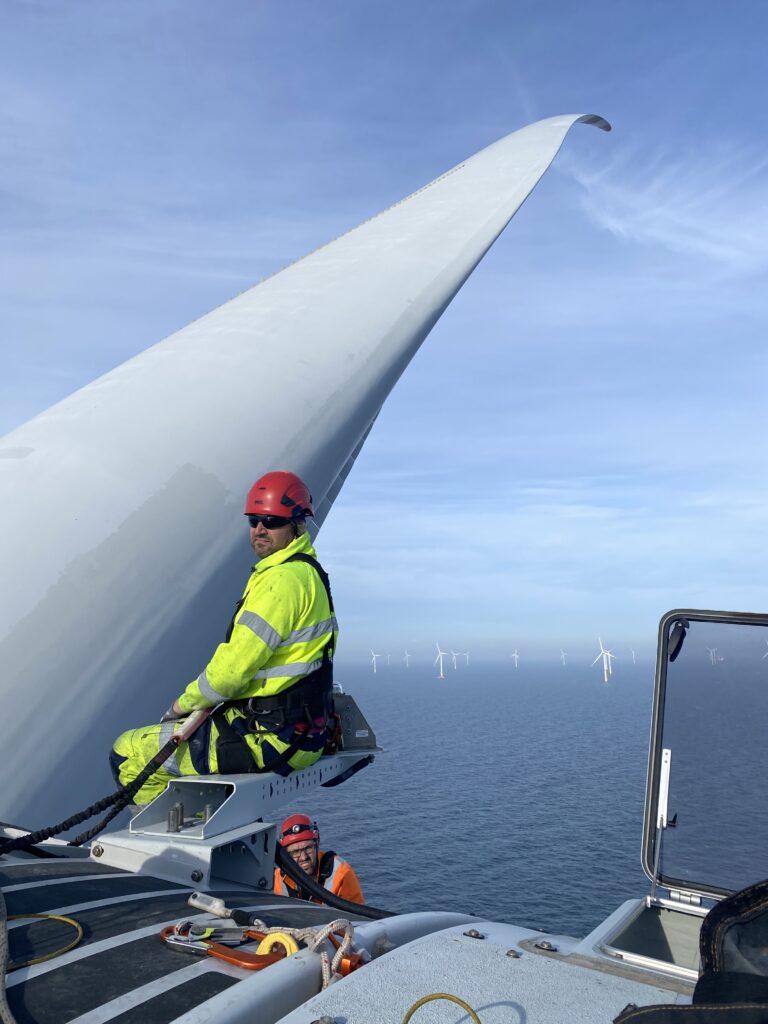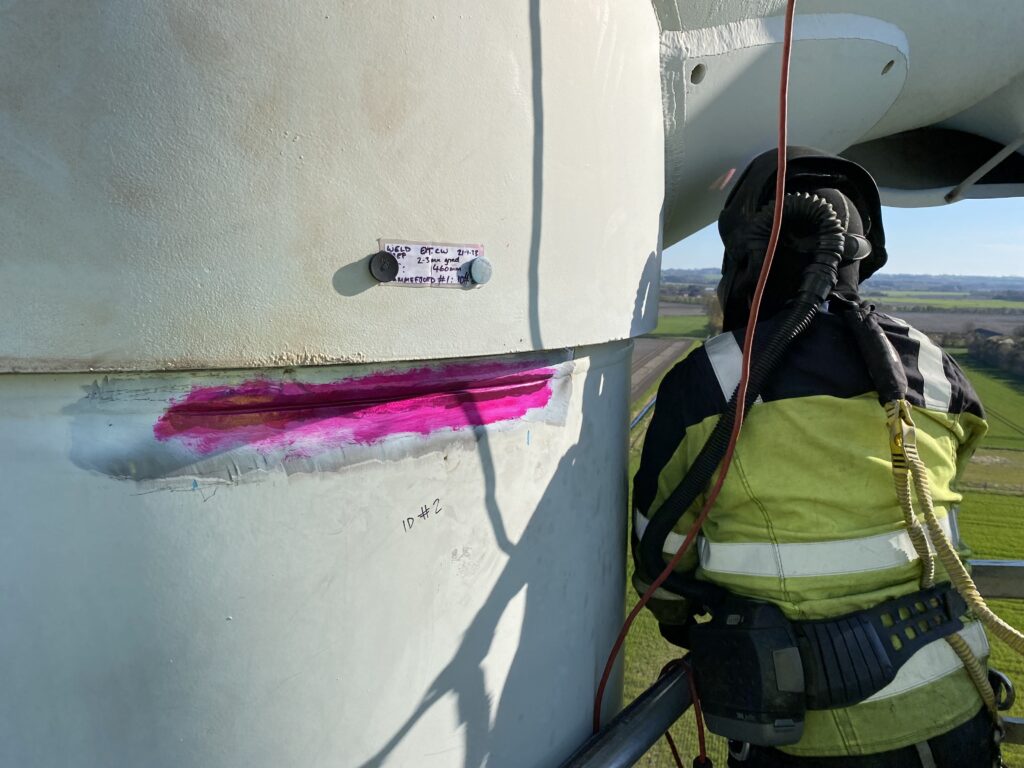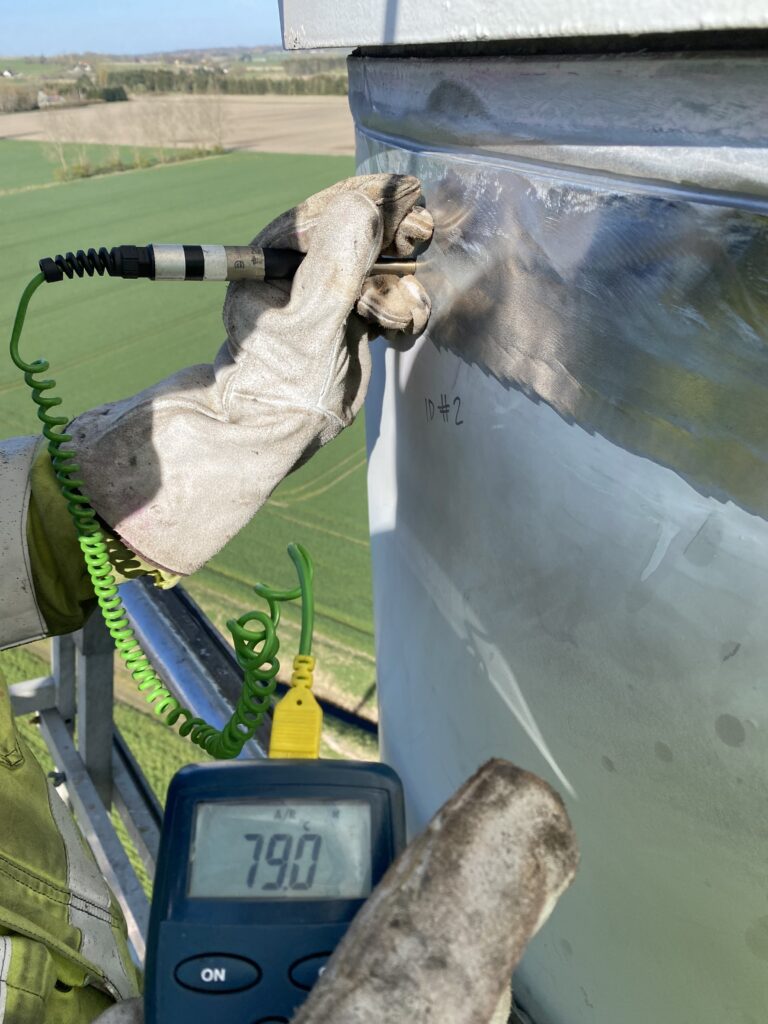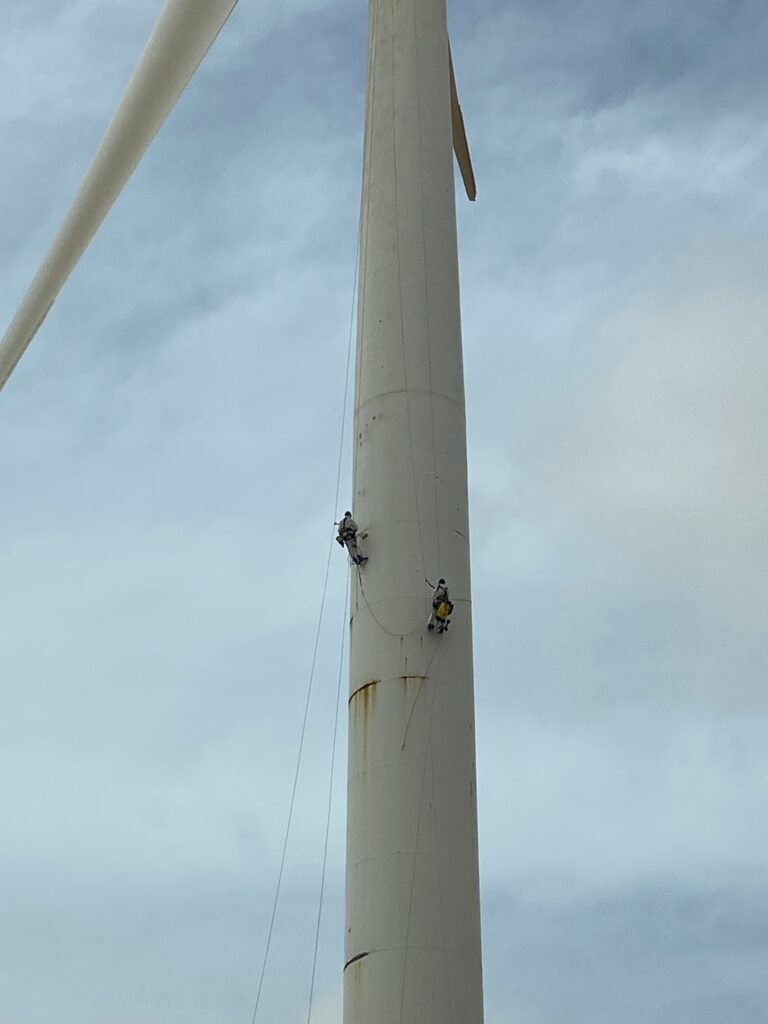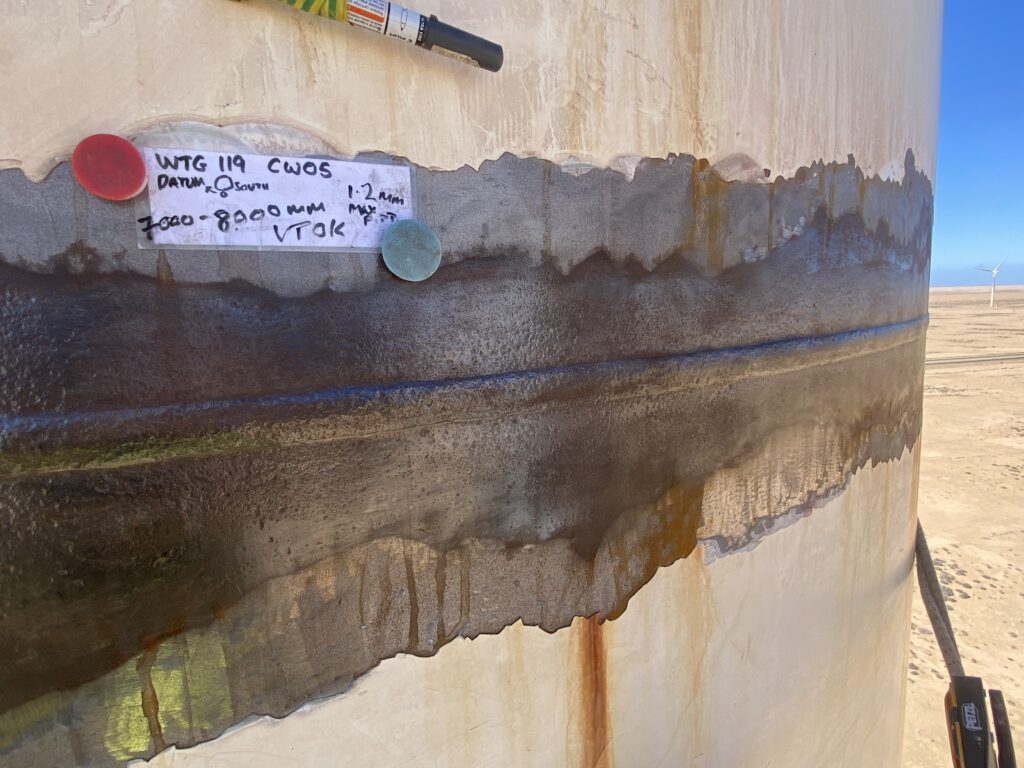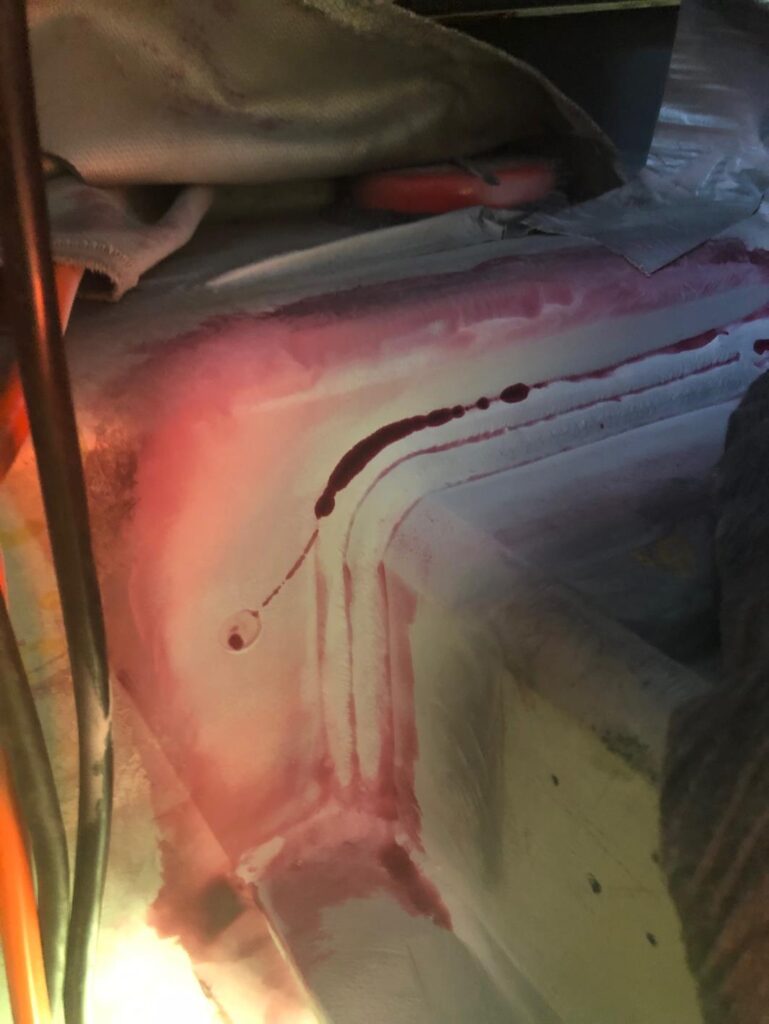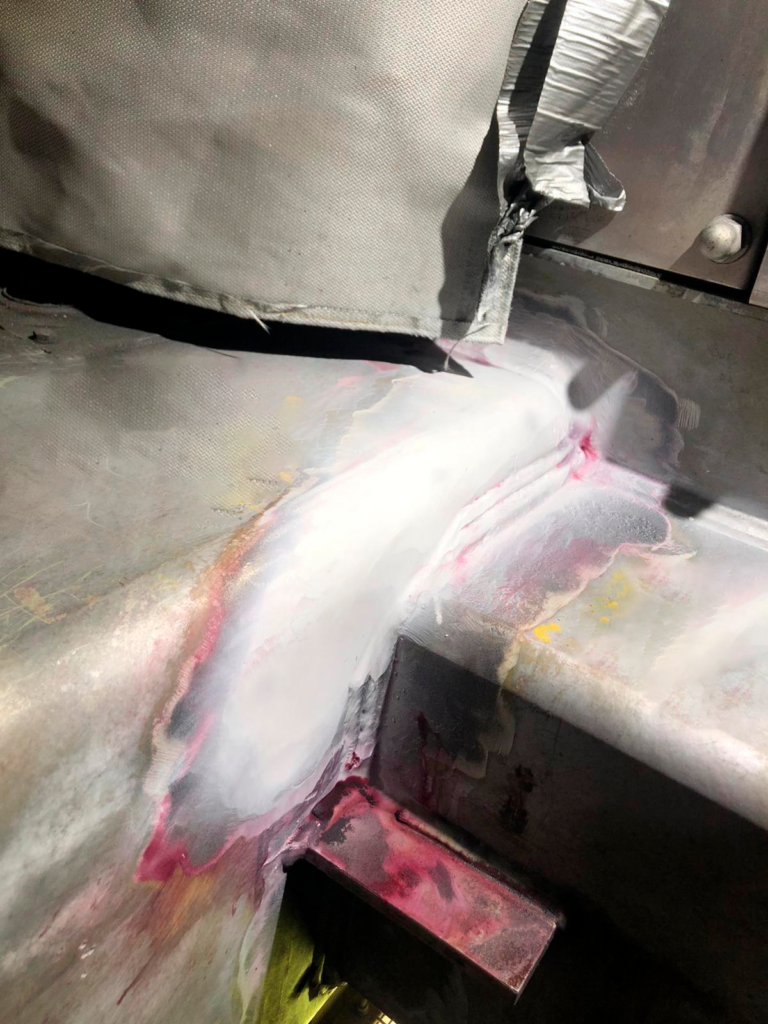According to WindEurope's latest analysis, Europe currently has 255 GW of wind energy installed, of which 19 GW are newly established facilities from 2022. WindEurope's expectations for the future are that an additional 129 GW will be established in Europe between 2023-2027. To meet the 2030 climate goals, the expansion is expected to especially speed up from 2025 to 2027. Based on these predictions, the Danish company, 3WIS has expanded its portfolio of repair solutions to include engineering consulting.
3WIS is highly specialized in complex repairs of steel structures on wind turbines and offshore foundations and has accelerated the development of the company by establishing an engineering department. The new department is built on the foundations of in-house expertise and knowledge, accumulated over the years with highly specialized and complex welding repairs of wind turbines. This includes up-tower and –on-site welding repairs, as well as feasibility studies, root cause analysis, and initial validation of repair solutions in our facilities in Denmark.
Therefore, 3WIS can now bridge the gap between practical problem-solving and consulting before repair and planning, and thus service their clients in all aspects of maintenance and repair, from execution to consulting on future maintenance. By supporting a larger scope of the supply chain, wind park owners are ensured an extended lifetime of their turbines, fewer downtime hours, and significant savings on repair work.
"All analyses indicate that the capacity of wind energy in Europe will grow significantly towards 2030, and we want to be part of that development. We see a great need to increase the quality and speed of delivery in the market, which is why the development of our Engineering department is our highest priority right now. We are well-known trough out the industry for responding very fast and solving technical complex tasks related to welding repair of steel structures and wind turbines and it is quite natural to add an additional dimension to our business, offering OEMs and developers a complete repair solution that also includes engineering. It is a natural step when we are already deeply involved in these projects. We can simplify complex tasks by combining practical solutions with engineering when it comes to welding and repairing steel structures. Based on great expertise, we can create solutions already from receiving the first inquiry.
In short, we can simplify a complex project into a feasibility study. In the study we can create a mock-up solution, simulating the problem and finding the right solution, thus combining theory and practice to mitigate the risk of the problem and therefore also the costs”, explains Daniel Stenstrup Rasmussen, Chief Operating Officer at 3WIS.
The consulting especially targets site managers, park owners, and operators on new projects and older parks facing challenges and complex problems that require specialist welding repair.
Full-functioning project department
The new project department is fully functional, and the organization consists of both engineering and project management. Employees are located at 3WIS' two locations in Denmark, Esbjerg, and Munkebo. In addition, 3WIS has 20 Service Technicians solving tasks around the world.
"We have managed to create an environment with room for professional immersion in welding. In practice, this means that our employees can go deep into their expertise in welding, structures, loads, dynamics, and unique solutions. In short, we can turn theory into practice on site," says Simon Øland, owner and CEO of 3WIS.
Global solutions
The company is founded on strong competencies within welding and steel structures while being specialized in traditional NDT inspections, advanced NDT and QA/QC services towards OEMs and developers and their welding repair-specific projects. Over the last few years, 3WIS has managed to expand into several industries, whereas they have their strongest competencies in on- and offshore wind.
With most projects executed in Europe, 3WIS has also completed more complex tasks in the U.S., Japan, and Mexico. Their knowledge and experience from the last 12 years are part of the extensive know-how that has been developed in the Danish wind industry. Here Denmark is known as the country in the world running the most on wind energy, where 55% of all energy in Denmark comes from wind turbines.
Simon Øland is very positive towards the initiation of a new project management department in 3WIS.
”We have already initiated the next step in the development of 3WIS generating great value for our clients. By merging the executing competencies of our business, our service technicians, and the solutions solved by our project- & engineering department. Hereby we can make great benefit of our great on-site experience”, explains Simon Øland.


